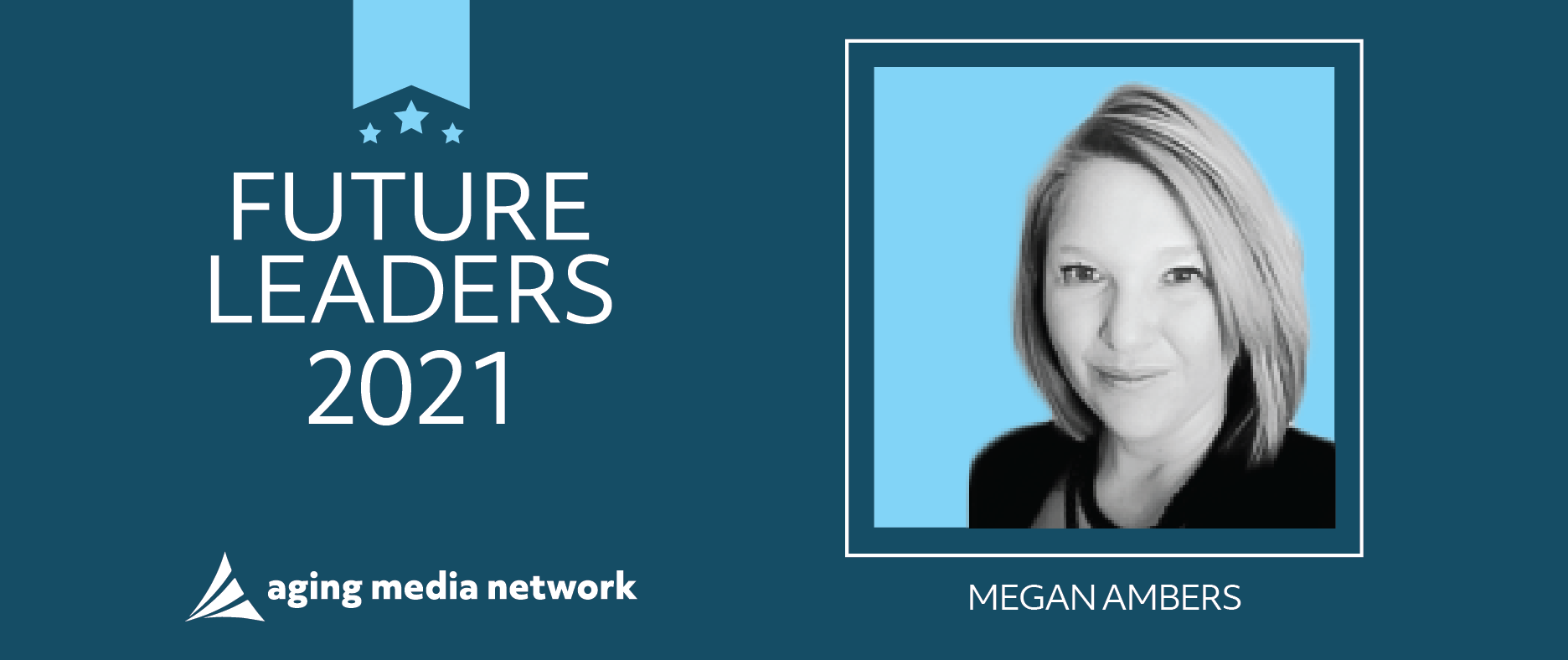The Future Leaders Awards program is brought to you in partnership with PointClickCare. The program is designed to recognize up-and-coming industry members who are shaping the next decade of senior housing, skilled nursing, home health and hospice care. To see this year’s future leaders, visit https://futureleaders.agingmedia.com/.
Megan Ambers, vice president of workforce strategy and HR innovations at Amedisys Inc. (Nasdaq: AMED), has been named a 2021 Future Leader by Home Health Care News.
To become a Future Leader, an individual is nominated by their peers. The candidate must be a high-performing employee who is 40-years-old or younger, a passionate worker who knows how to put vision into action, and an advocate for seniors, and the committed professionals who ensure their well-being.
Ambers sat down with HHCN to talk about investing in the home health workforce, seizing opportunities and more.
HHCN: What drew you to this industry?
Ambers: I have worked in a variety of other industries. I’ve spent time in retail and in financial services. Eventually, I arrived at a place in my career where I wanted to join an organization where I felt a strong sense of purpose. I wanted to find a place where the work that I was doing was meaningful, where I really felt like I was helping people in a dynamic way.
In retail and financial services, the work is meaningful. And you certainly are nurturing and guiding your employees and the organization, from a cultural perspective. But I wanted to do something with just a little bit more of a mission and purpose. That’s why I was attracted to the home health industry. I officially joined in late 2018.
What’s your biggest lesson learned since starting to work in this industry?
I think the biggest lesson I’ve learned is really to take every opportunity to listen and understand the landscape. As I think about all of the solutions I’ve put into place or things that have done to help guide the organization, it has always been our caregivers who are the best source for innovation and continuous improvement ideas.
Sometimes they’re coming to us directly with those ideas, while sometimes it’s by understanding the data to really uncover the insights to drive those strategies and solutions. At the end of the day, it’s really all about being open to that listening opportunity.
It’s seizing that resource that’s available to us. It’s easy to sometimes overlook those listening opportunities, just because you can get focused on day-to-day minutia. Recognizing that should always be our starting point, right? Really understanding the needs of our caregivers, what challenges they’re facing, or the data that really drives the insights to help us innovate in a different way.
Additionally, it’s, for me, fundamentally important that I don’t have any preconceived notions. I’ve had to learn to really listen, to use the data to form the collective picture before formulating any ideas or solutions.
If you could change one thing with an eye toward the future of home-based care, what would it be?
One thing I would change about the home health landscape today: I would want to normalize home health and the option to age in place a little bit more. I would want to find more ways to make this part of a care plan conversation consistently, for all people.
When I think back to when I joined Amedisys, I had very little awareness about what home health or hospice really was. It wasn’t until I had to support a family member through hospice that I developed a deep understanding. I really find myself educating people all the time — my friends, my family members. I find myself pushing them to talk about what options they have with their doctors, around their personal circumstances. I try to remind them to think beyond traditional care models to achieve the care they need.
Not everyone knows they can do that in an environment that’s best for their recovery. While I think that it is becoming more normalized, for sure, I still find that it’s often an unknown resource to people and an unknown option. I really would just want us to continue to drive changing that and normalizing that, making it part of the conversation for all people.
What do you foresee as being different about the home-based care industry looking ahead to 2022?
I’m going to come at the question from a people perspective because that’s where my background is.
The foundation of the home health industry has always been around people, right? The caregivers who serve our patients daily. I think we’re going to see more of a shift across the industry to focusing on supporting our caregivers, ensuring that we have the wellness resources in place.
In 2022, I think we’ll be really focused on cultivating that culture of caregiving. And as I think about the national health emergency, it has really highlighted our need for health care leaders to focus on how we can care for our team members in a different way. I think that’s going to be a big shift for us, as we look forward to 2022.
In a single word, how would you describe the future of home-based care?
That’s a tricky one. I’m going to go with “evolution.”
What quality must all future leaders possess?
I’m going to go with adaptability. I think about just everything that we’ve encountered in the last 18 months or so. If you think about the needs of our patients, the health care system partnerships, government regulations and everything that’s kind of evolving, you have to be really adaptable.
Leaders need to be able to lead strategically and create those solutions to best serve the patients, caregivers and health care partners. For me, it’s going to be that ability to adapt consistently to the changing needs of the environment.
If you could give advice to yourself looking back to your first day in the industry, what would it be and why?
Don’t be afraid to make the industry change. There is so much foundational knowledge that you can leverage from other industries. That knowledge can serve leaders well, as they make that change into a new industry, one which they may not have background or experience in.
I think about my background in financial services. That’s a highly regulated environment. I think about how well that has served me to balance, you know, being in that highly regulated environment but also driving innovation. It really is just, “Don’t be afraid to make the change and jump into a new industry.”




